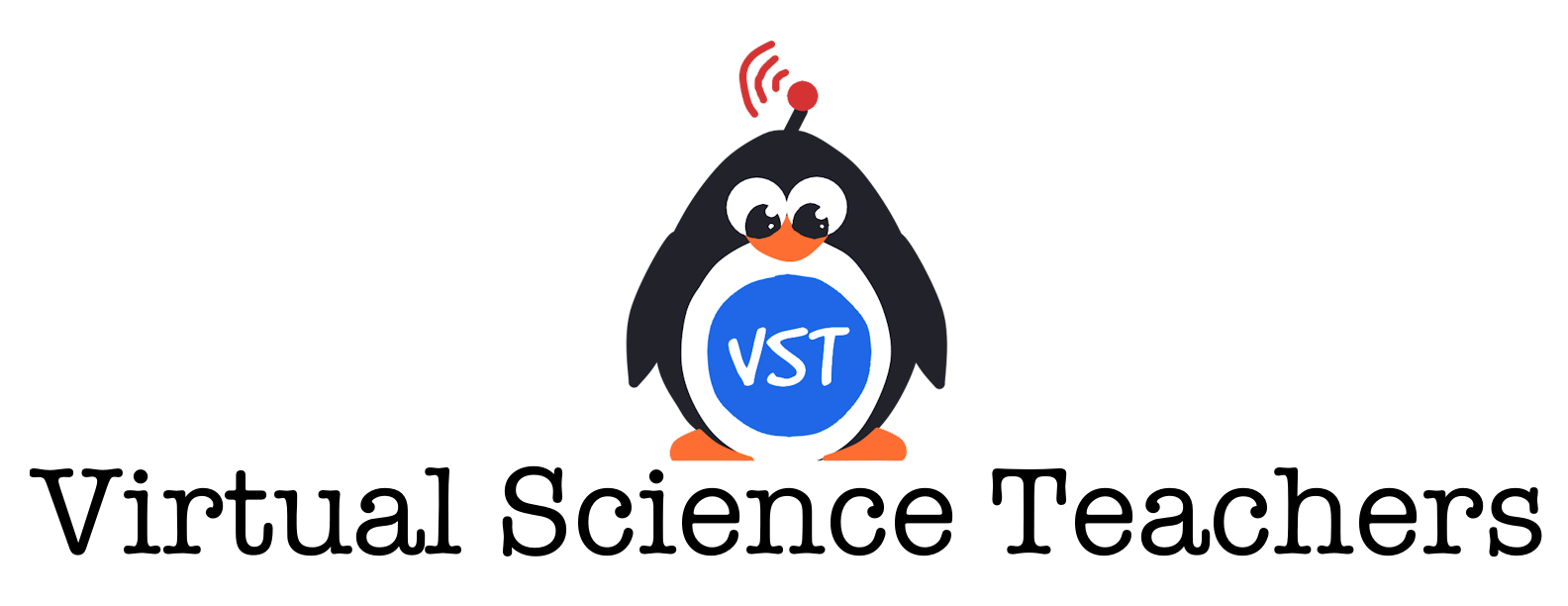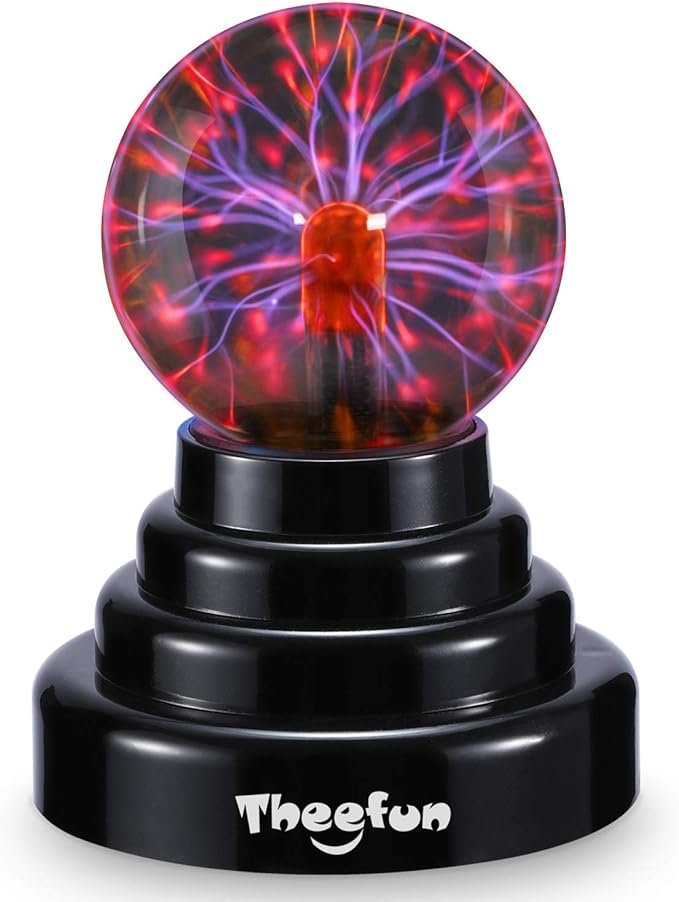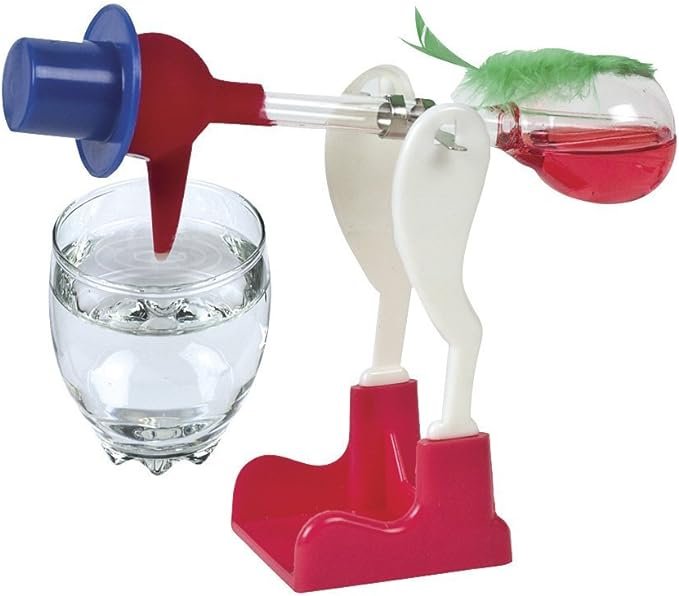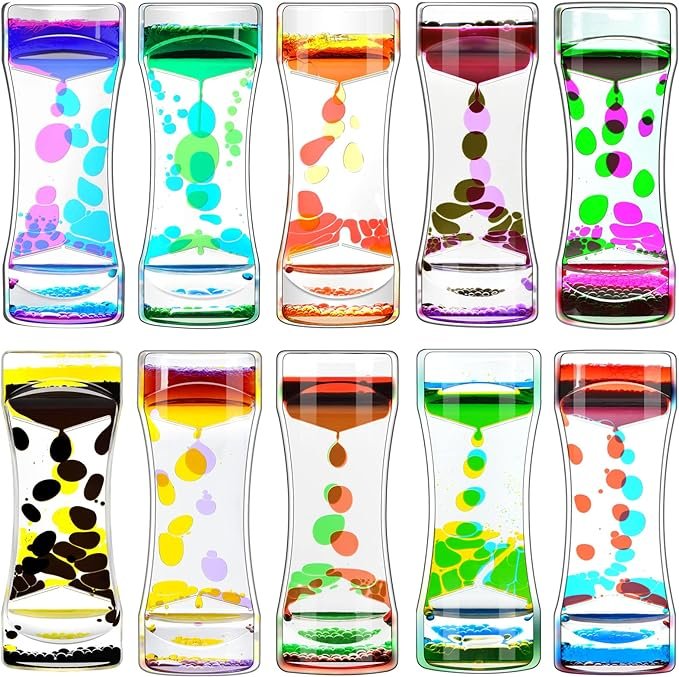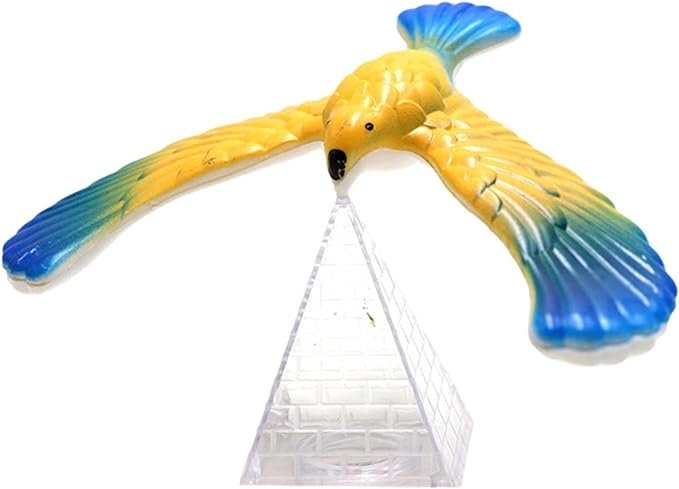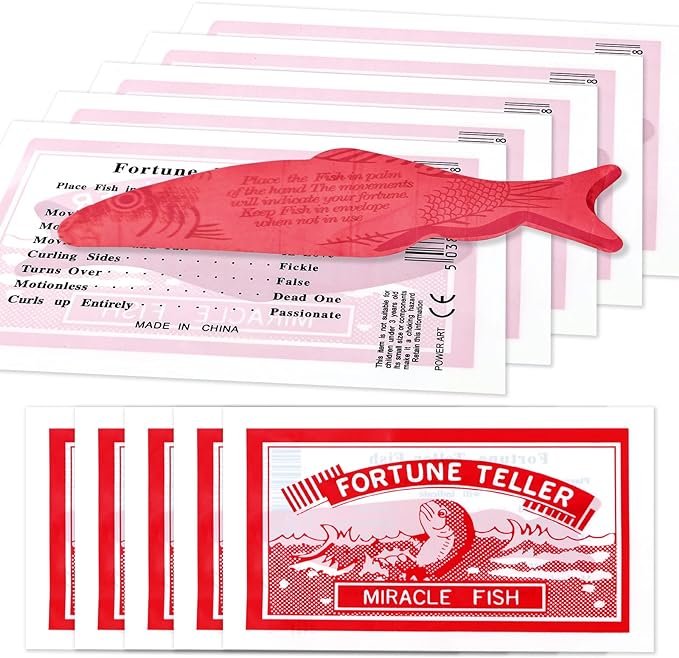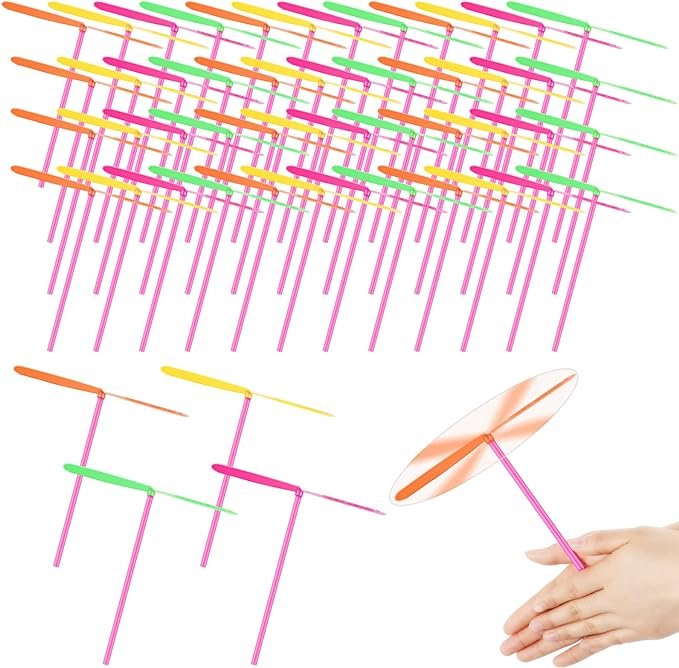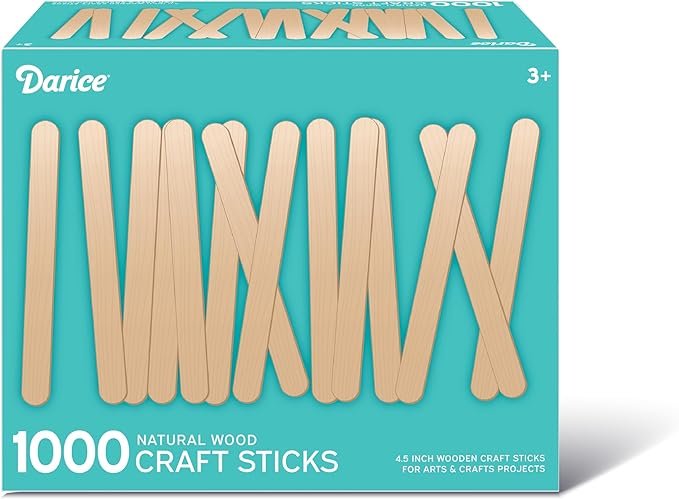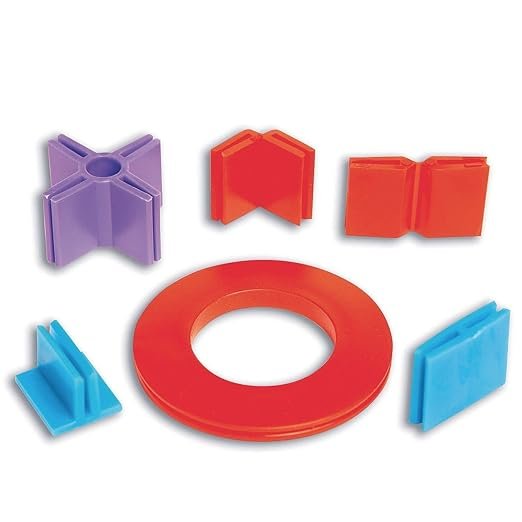The engaging and hands-on STEM products showcased on this page contain affiliate links that will open a new tab to Amazon. Virtual Science Teachers receives a small commission at no extra cost to you, which helps us maintain the resources we offer on our website. If you come across any products that you believe would be beneficial for teachers, please email us at admin@virtualscienceteachers.org. We would love to share them with teachers globally!
Plasma Ball
A plasma ball is a glass sphere that contains a mixture of gases. When electricity is applied to its center electrode, it generates colorful and glowing streams of plasma. It can be used as a tool to introduce the concept of plasma, electrical conductivity, and gas properties.
Guiding Questions for Exploration:
- What questions do you have about the plasma ball?
- How can we determine what kind of gas is inside the plasma ball by looking at the color of the light it emits?
- What sets plasma apart from solids, liquids, and gases?
- Why does the light inside the plasma ball change when it is near other electronic devices?
Drinking Bird
This perpetual motion of the drinking bird can be used to explore various scientific concepts such as heat transfer, and the conversion of thermal energy into mechanical energy, and changing states of matter.
Guiding Questions for Exploration:
- What questions do you have about the drinking bird?
- Why does the drinking bird keep dipping its beak into the water?
- How does the temperature difference between the bird’s head and body contribute to its motion?
- What role does the evaporation of water from the bird’s beak play in its continuous motion?
- Why does the bird stop moving after a while if it is not reset or if the water evaporates completely?
Bubble Timers
Bubble timers, also known as liquid motion timers, provide a display of colored droplets flowing through a clear liquid medium. Students can explore how different substances interact based on their molecular composition and physical properties.
Guiding Questions for Exploration:
- What questions do you have about the bubble timer?
- Why do the colored droplets fall?
- Why do the colored droplets move at the pace they do?
- How does the design of the timer influence the motion of the bubbles
- Why doesn’t the colored liquid mix with the clear liquid?
Balancing Birds
The Balancing Bird is a toy that is designed to help students learn about balanced forces, gravity, and center of mass.
Guiding Questions for Exploration:
- What questions do you have about the balancing bird?
- How does the bird stay upright on a small surface?
- What is the role of weight distribution in balancing
- What happens if the weight distribution is changed?
Students may be assigned to draw a diagram that shows the forces acting on the balancing bird.
Fortune Telling Fish
The Fortune Telling Fish is a fun tool that can be used to teach middle school science students the Claim, Evidence, Reasoning (CER) framework. This small, red fish moves based on moisture and temperature changes in a person’s hand, and can be used for CER by making a claim, gathering evidence, and using reasoning.
Guiding questions for this CER exercise include:
- What questions do you have about the fish?
- What causes the fish to move?
- How do different conditions on the hand affect how the fish moves
- Why does the fish react differently on different surfaces?
- How does the material of the fish contribute to its movement?
Toy Helicopters
These toy helicopters provide a fun way to explore aerodynamics, forces and motion, and energy transformation.
Guiding Questions for Exploration:
- What questions do you have about the toy helicopters?
- What are the forces acting on the helicopter as it flies up and comes back down
- Would this toy work on the surface of the moon where there is no air? Why or why not?
- How does air pressure affect this toy’s flight
- What happens when you spin it the other way? Why?
- How are different forms of energy demonstrated when using this toy.
Students may be assigned to draw a diagram that shows the forces acting on the toy as it flies upwards.
Weather Glass
A weather glass is a device that shows the relative air pressure by measuring the changing water levels in a sealed, partially-filled globe with a spout. If the air pressure outside the globe increases, it pushes down on the water in the spout, causing the water level in the spout to decrease. Conversely, if the air pressure decreases, the water level in the spout rises because the higher pressure inside the globe pushes water up into the spout. The change in the water level indicates changes in weather; rising water in the spout suggests bad weather approaching, while falling water indicates improving weather.
Guiding Questions for Exploration:
- What questions do you have about the weather glass?
Why does the water level in the spout change?
What might a sudden rise in the water level indicate about the upcoming weather?
How could we record the changes in water level over a week to predict the weather?
Why does the barometer show different readings on different days even if we don’t add or remove any water?
Students may be assigned to draw a diagram that compares the air pressures inside and outside the weather glass when the outside air pressure is high and low.
Building Pieces
Engineer challenges abound! Use craft sticks and connectors to build bridges, towers, catapults, and more. We love these connectors as they provide students with multiples ways to connect the craft sticks together.
